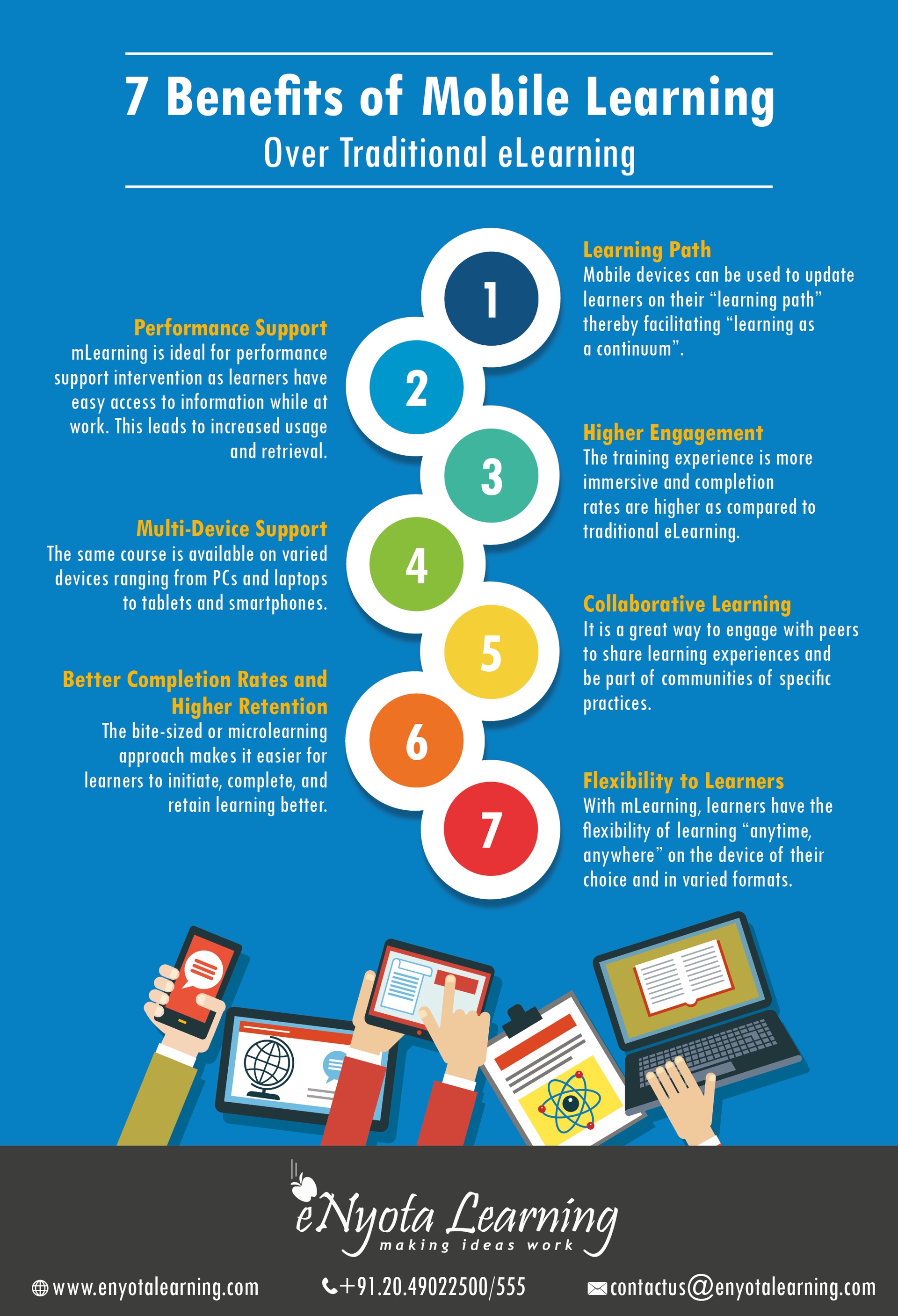

Reference your facts in the infographic.if you're creating an infographic on Facebook. Think about your own branding here and whether you're keep it consistent to your own look and feel or will match it to the subject i.e. Decide on a relevant and attractive colour scheme.So keep it simple! Don't put too much in one picture Aim to quickly convey the key points behind complex data.Infographics come in many different formats so think about how you wish to show your statistics - it might be timelines, flow charts, annotated maps, graphs, diagrams, size/value comparisons. Consider the best and most relevant format to convey your data.Develop arguments that are solid and relevant. Research some fascinating facts and statistics. Think of a good idea or something relevant to what you often write about.

Using infographics is a great way to share content, get more backlinks and more traffic back to your blog.
Infographics maker app plus#
Comprising interesting facts presented in a concise nature will maintain the attention of your readers, plus it's good to break up your blog with different types of content (video, articles, visuals etc) I recently shared an infograhic (Know Thy Internet Marketing Commandments) and found that generated a lot more shares than an average blog post. Their eye-catching appeal draws more attraction than your average blog. People want their information quicker and using visuals are an excellent way to do this. But infographics are not just useful to consume, they are also useful to produce for your business. Infographics are visual representation of data with small, relevant and clearly displayed nuggets of information. Infographics are all the rage at the moment, particularly with the rise in popularity of sites like Pinterest where visuals and images of statistics are being shared.


 0 kommentar(er)
0 kommentar(er)
